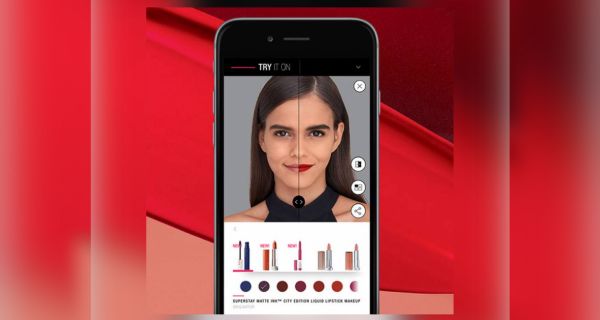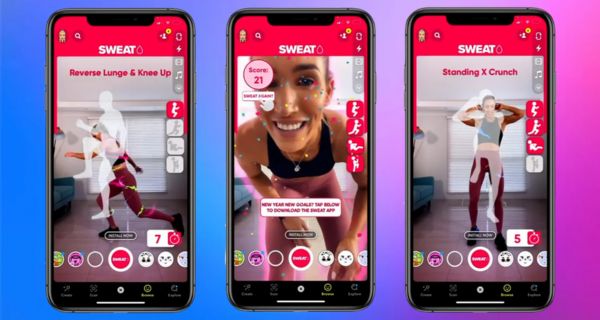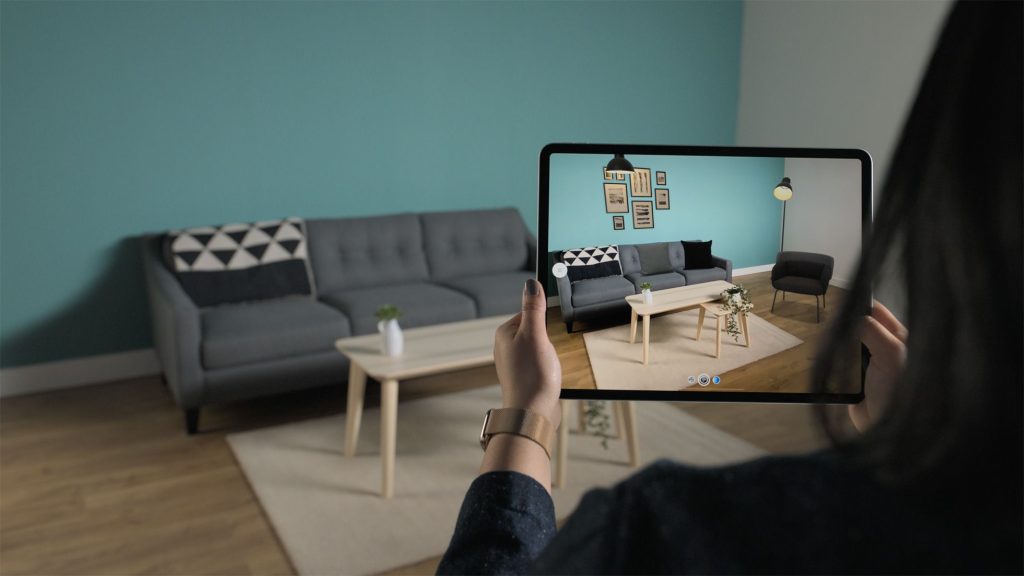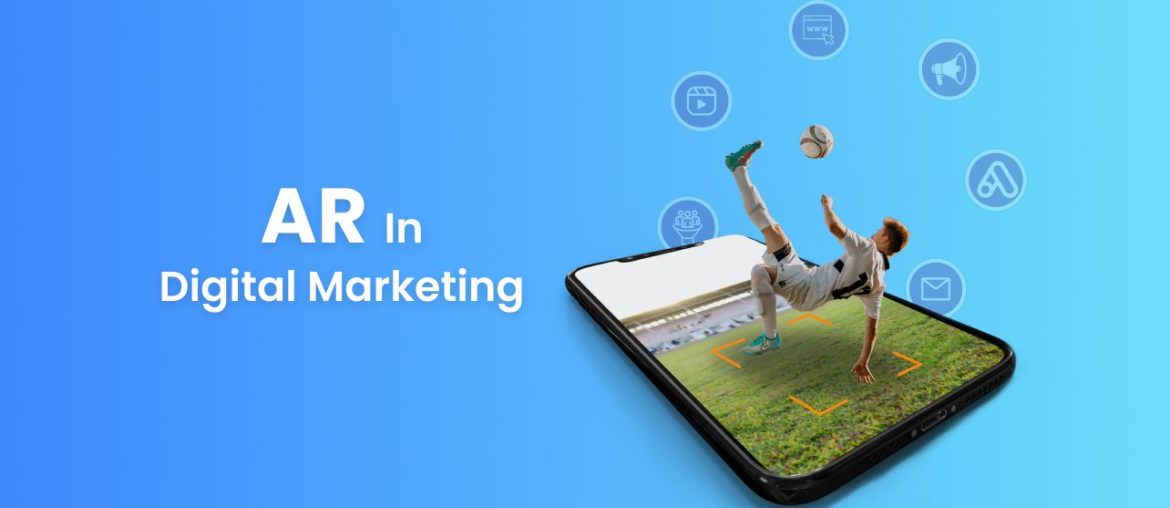Augmented reality presents tremendous opportunities for forward-thinking marketers. Augmented reality in digital marketing campaigns creates excitement for shoppers worldwide for enhanced visual and tactile experiences while shopping online. Thus, integrating it into your digital marketing strategy can give you a competitive advantage. With the rapid rise in the use of AR and the no-code approach to creating powerful AR experiences, it has become effortless to integrate it into digital campaigns that appeal to the new generation of users who are more comfortable with marketing techniques that are more approach-based and interactive.
Importance of augmented reality in digital marketing
Sighting the importance of AR digital marketing ideas has to do a lot with the performance of campaigns, from improving customer experience to brand engagement to conversion rates. Marketing dynamics have changed such that digital marketing has become a big deal with an exponential rise in people consuming content online. Thus, it becomes important for brands to maintain their presence in the digital landscape while competing in how they look and interact with their consumers online.
Benefits of augmented reality in digital marketing
Digital marketing augmented reality content ideas have largely evolved from text-based posting, outreach, and video advertising. Today, marketers bank upon visuals that can woo customers and convert them to purchase. Thus, technologies like Augmented Reality are likely to benefit digital marketing in numerous ways:
1. Improved Customer Experience
A great customer experience is above everything else. With augmented reality, a digital marketing campaign primarily aims to amplify the experience of shoppers online – on the website, on social media platforms, and when they come across advertisements.
2. Enhanced Customer Engagement
Customer engagement has recently become a major KPI, with marketers judging and optimizing their campaigns based on the users’ time span and engagement with the content they send online. So far, augmented reality has been the magic factor for optimizing digital campaigns by creating AR advertising and marketing content.
3. In line with the Data-driven Approach
Marketing is all about reacting to the data. From impressions to post views, clicks to lead generation and conversion. Marketers rely on these data to curate their strategy. The AR-based approach keeps marketers onto their approach as you can track AR content for all of the above KPIs and optimize your campaigns accordingly.
4. Overall conversion boost
Integrating Augmented Reality in Marketing is significantly impacting conversion rates. Online shoppers are satisfied better than ever when they can try on products, see them in their space, interact with them, and customize them. It boosts their confidence to purchase. It also significantly reduces return rates.
5. Competitive Advantage
AR in digital marketing gives an upper hand to companies adopting it. It is a competitive advantage over traditional marketing approaches, thus enhancing brand awareness and converting spectators into buyers.
5 Examples you can inspire from
AR-based ads are one of the best ways of digital marketing because their appeal lies in fun and interaction-based ideas that captivate the users while they learn about the product and service. Follow these 5 easy methods to incorporate augmented reality into your marketing effectively:
1. Personalized Marketing
In today’s marketing landscape, personalization takes center stage, and digital marketing experts can utilize Augmented Reality (AR) as a dynamic tool that adds a touch of magic to this approach. AR allows you to tailor experiences for the target audience by considering their preferences and behaviors.
For example, let’s look at beauty brands such as L’Oreal.

Image Credit: LOREAL
They’ve used AR to suggest makeup and hair colors tailored to you. You can virtually try out different looks before purchasing. It elevates your shopping experience and smartly encourages you to explore and engage with its products risk-free and entertainingly.
2. Launch customized campaigns

Image Credit: Sweat Fitness Campaign in partnership with Snapchat
AR-based campaigns enable viewers to interact directly with your products through digital animation and 3D models. To take a situation, a cosmetics brand can let users virtually try on makeup using facial tracking filters, and a restaurant can create an experience where the users can see the recipe of the dish and how it is being made.
These campaigns can be designed for different platforms like Snapchat and Instagram, and digital marketers can create interactive filters or experiences that suit the product the best.
3. Share Interactive Social Media Content
AR effects, filters, and lenses are extremely popular on social platforms like Instagram, Snapchat, and Meta. You can develop unique overlays and effects for your target audience to use in their posts and stories. For example, a footwear company could build a branded filter that shows its latest sneaker models on a user’s feet. Or a restaurant chain could create a mouthwatering AR lens that layers their food onto photos.
If you want to start with a simple integration tactic, choosing a simple filter that symbolizes the product would be the easiest and the best choice for any digital marketer new to AR content production.
4. Interactive Product Demonstration
Using AR in an interesting way to catch customers’ attention is the main objective of digital marketing. Then, what’s better than creating a Product demo with the help of AR? It lets you present features and products that are rather hard to demonstrate to users and helps them get familiar with the product before purchasing. Be it trade shows or product launches, interactive product demonstrations can be game changers.
Take the example of IKEA.

Image Credit: IKEA
They have grasped the customers’ needs and started to use AR to help them see how the furniture looks in their home space. JBL also started to provide 360-degree demonstrations for its products to help customers understand their products better. Digital marketing experts can take inspiration from this and integrate this model into their next campaign.
5. Stage AR Shopping Events
You can hold special AR shopping events in-store and online using spatial computing technology. During the COVID-19 pandemic, brands used virtual try-on tools and virtual shopping assistants to replicate real-life experiences. Beauty retailer L’Oréal saw an increased conversion rate with its AR-based virtual try-on tool. Furniture giant Ikea built a shoppable AR catalog that lets shoppers envision products in their living spaces before buying.
With AR virtual events, customers can get up close with products without being physically present. Develop creative programs to distribute AR experiences, then market these happenings across media channels.
What digital marketing hold for AR in the future?
AR in digital marketing is picking up. With AR content significantly improving campaign results, marketers will look to benefit from it even in the near future. We will likely see more digital marketing individuals leverage AR in their marketing efforts to enhance the visual experience of customers online. It will likely become the go-to media option for digital advertising.
Key takeaways for marketers
Augmented reality delivers innovative shopping, browsing, and product interaction modes to interest customers. Integrating interactive AR technologies into marketing opens a new channel for promoting goods and services. With countless possibilities for AR innovation, the applications are restricted only by your imagination. Start by building one or two AR consumer touchpoints, then expand the scope of your initiatives based on performance and user feedback.
You don’t have to overhaul your marketing strategy around AR completely, but integrating the effective methods that have proven useful in small steps can be extremely beneficial for the brands and for you as a digital marketer to understand and adopt the rapidly changing market. You can do all of the above on our easy-to-use, intuitive no-code platform without much hustle. Start recreating your client’s digital marketing campaign in AR now. Try the PlugXR platform to get started.

